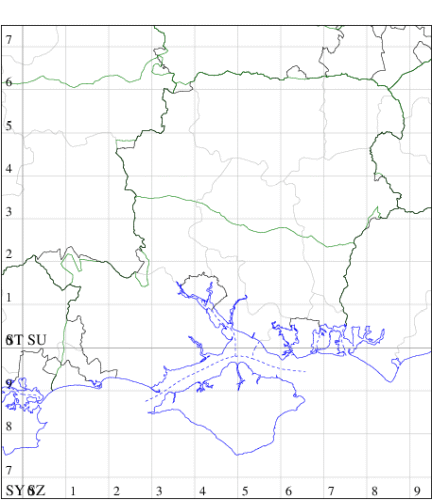Phalonidia udana
Checklist Number49.102 [B&F: 0926a]
Verification
Record requires retention of specimen until confirmed, and may require dissection. Consult with CMR if unsure
Classification
| Family: | Tortricidae |
| Subfamily: | Tortricinae |
| Genus: | Phalonidia |
| Species: | udana |
| Authority: | (Guenée, 1845) |
In Zootaxa 3318: 1-25, Mutanen et al revealed that the widespread P. manniana was a mixture of two species, with the present species being separated out on DNA barcoding.
The two species are very similar, udana usually being slightly larger and lacking the fuscous suffusion on the costa and also the darkening of the veins in the apical part of the forewing. It should be a larger, brighter species but on dissection of suitable specimens, it appears that the results have been a mixture of manniana and udana, indicating that the two are to all intents and purposes not reliably recordable from external characteristics, and therefore genitalic dissection will be required to substantiate any claimed records.
Since the separation of the two species was published, P. udana has been confirmed from specimens in a few counties in southern England. Agassiz in the Ent Rec (see below) refers to his having specimens in his own collection from Norfolk, Cambridgeshire and Gosport, Hampshire.
P. manniana is believed to feed on water mint and gypsywort whereas the present species is thought to feed on loosestrife species. Both will therefore occur in the same habitat and have the same flight period.
Reference: Ent. Rec. J. Var 125(4): PHALONIDIA UDANA (GUENE, 1845) (LEP.: TORTRICIDAE) NEWLY RECOGNISED IN BRITAIN David Agassiz
The two species are very similar, udana usually being slightly larger and lacking the fuscous suffusion on the costa and also the darkening of the veins in the apical part of the forewing. It should be a larger, brighter species but on dissection of suitable specimens, it appears that the results have been a mixture of manniana and udana, indicating that the two are to all intents and purposes not reliably recordable from external characteristics, and therefore genitalic dissection will be required to substantiate any claimed records.
Since the separation of the two species was published, P. udana has been confirmed from specimens in a few counties in southern England. Agassiz in the Ent Rec (see below) refers to his having specimens in his own collection from Norfolk, Cambridgeshire and Gosport, Hampshire.
P. manniana is believed to feed on water mint and gypsywort whereas the present species is thought to feed on loosestrife species. Both will therefore occur in the same habitat and have the same flight period.
Reference: Ent. Rec. J. Var 125(4): PHALONIDIA UDANA (GUENE, 1845) (LEP.: TORTRICIDAE) NEWLY RECOGNISED IN BRITAIN David Agassiz

